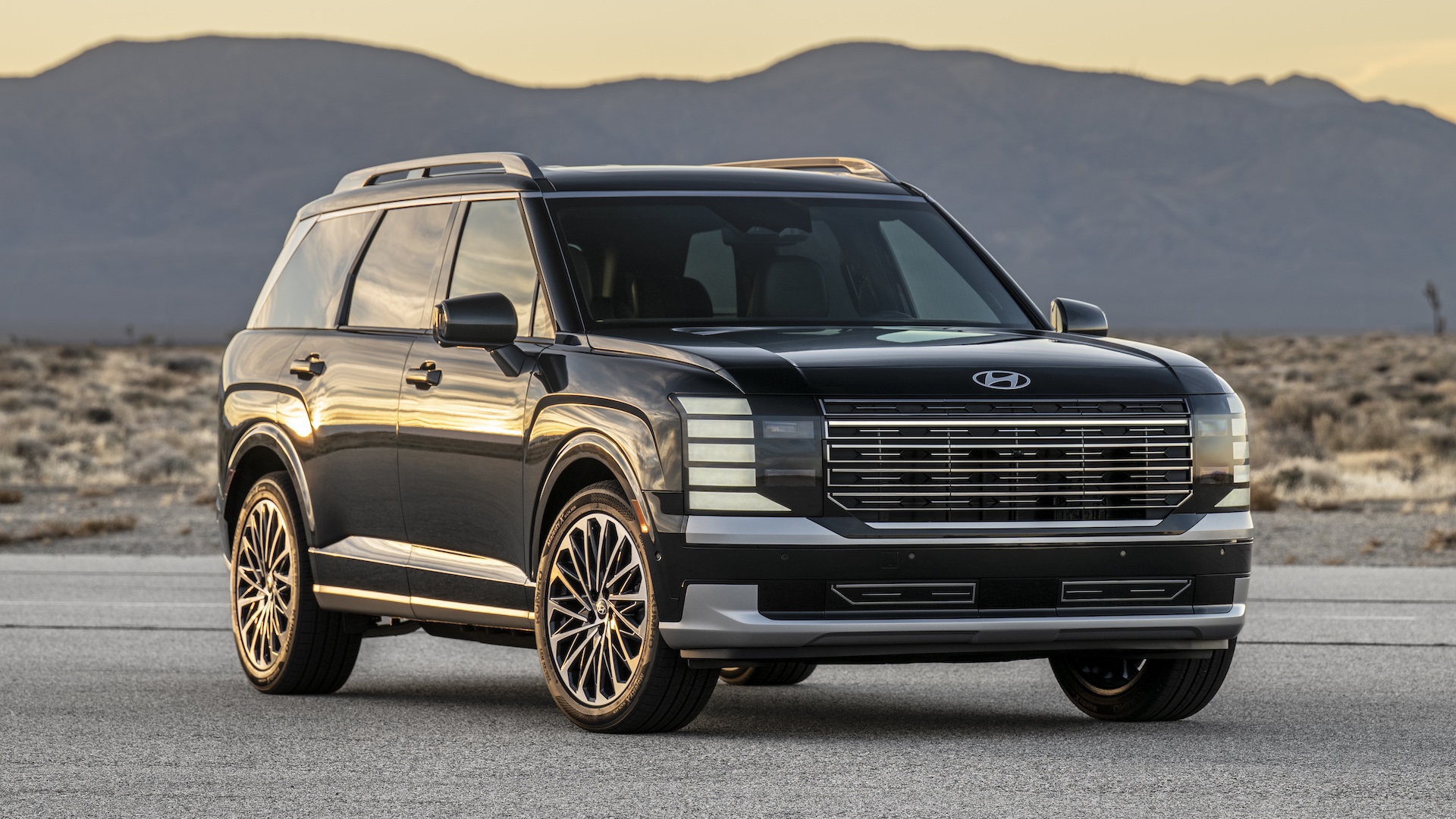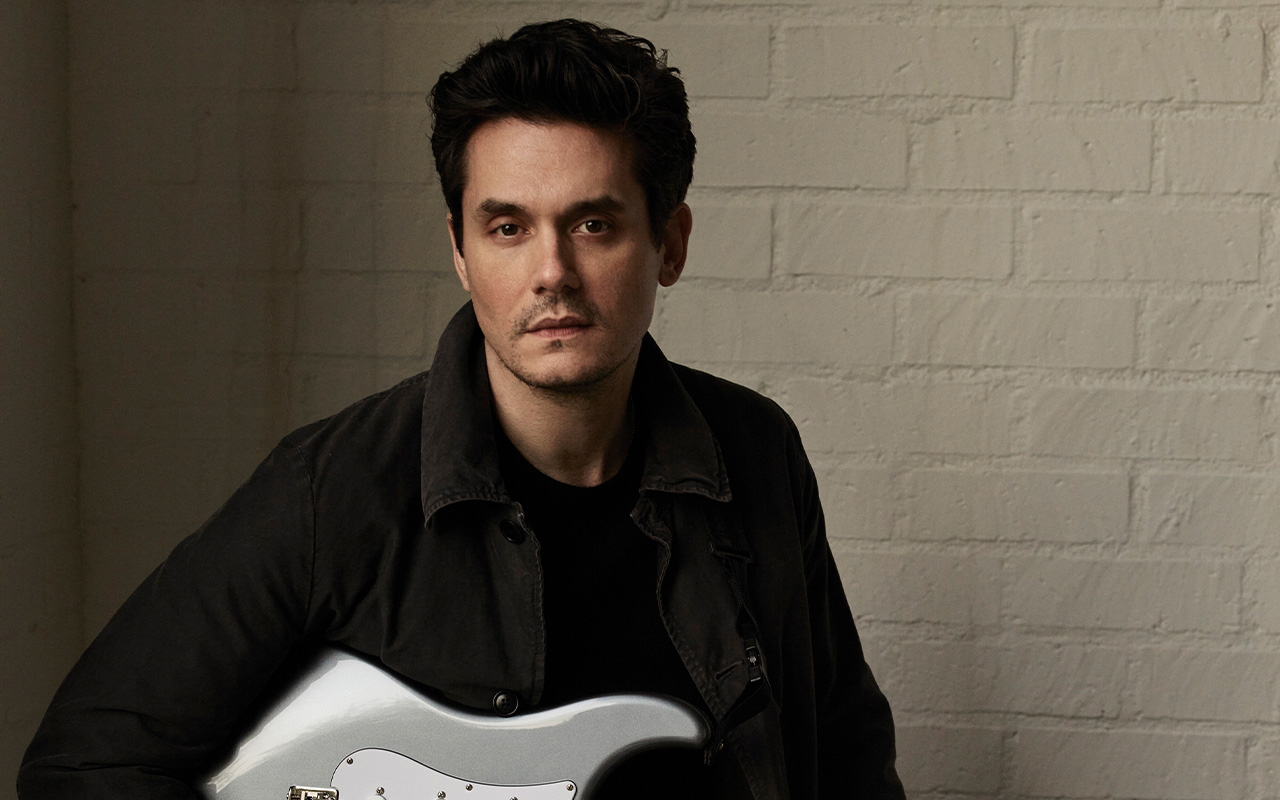4 Things You Can Do with Required Minimum Distributions (and 1 You Can’t)
Some people are annoyed by having to collect Required Minimum Distributions and pay taxes on them. But here are some good ways to use them. The post 4 Things You Can Do with Required Minimum Distributions (and 1 You Can’t) appeared first on The White Coat Investor - Investing & Personal Finance for Doctors.

 By Dr. Jim Dahle, WCI Founder
By Dr. Jim Dahle, WCI FounderRequired Minimum Distributions (RMDs) for tax-deferred accounts start at age 72-75. Lots of people think they're the “worst thing since sliced bread” because they are additional taxable income. Funny how none of those people thought their paychecks back when they were working were so terrible. It's essentially the same thing. You didn't pay tax on that money years ago, and now it's time to pay the piper. But that's neither here nor there.
Even though big Required Minimum Distributions might be the best rich-person problem there is, you still have to decide what to do with them. Here are your choices.
#1 Spend the RMD
This is the obvious answer and, frankly, what most people should do with their RMDs. However, there are plenty of people who don't spend their RMD. They basically oversaved and can live off their Social Security, pensions, and the income from rental properties or mutual funds in a taxable account. Maybe they just need to up their spending game. More cruises. Fly first class. Upgrade the kitchen. Get a new car or RV. Spend it on your heirs while you're still alive. Whatever.
More information here:
#2 Give the Required Minimum Distributions to Charity
You can donate an RMD directly to a charity (although your IRA custodian may send you the check made out to the charity for you to deliver). This is called a Qualified Charitable Distribution (QCD) and is the very best way to give to charity once you are of RMD age. In fact, you could do QCDs even before you get to RMD age as the QCD age is currently 72.
Starting in 2024, the QCD maximum was indexed to inflation. While it used to be a flat $100,000 per year, it is now $108,000 [2025], and it will continue to rise with inflation. QCDs are better than taking the RMD, paying the taxes, and then donating the money to charity. With a QCD, you can still take the full standard deduction, and you still get to make the entire charitable contribution with pre-tax dollars. One downside of a QCD is that it cannot go to a Donor Advised Fund or a non-operating private charitable foundation—only directly to a charity.
#3 Reinvest the RMD
RMD regulations only require you to remove the money from the tax-deferred account and pay any tax due on the income. They really don't specify what you do with the money. There is absolutely nothing keeping you from just reinvesting it right back into the same investment from where you just took it. You can sell $50,000 of the Total Stock Market Index Fund in your IRA and buy $50,000 of the Total Stock Market Index Fund in your taxable account on the same day. Note that if you reinvest it all, you'll need to find the money to pay the tax bill on the RMD from somewhere else—some people have some of it (20%?) withheld for the tax bill. But it's not an imperative.
#4 Use the RMD to Pay Taxes
Here's a slick trick. Instead of just having 20% of the RMD withheld for the IRS, you can have the entire RMD withheld for the IRS. If you don't take that RMD until the end of the year, that means your money was working for YOU for an extra 365 days rather than the IRS. Money withheld by an employer or an IRA custodian is all treated the same by the IRS, but the IRS treats quarterly estimated tax payments differently. If you've been making quarterly estimated taxes on your investment income—or even if you're just having money withheld from your Social Security or pension income throughout the year—you could stop doing all of that and just pay your taxes with your RMD at the end of the year.
Obviously, the RMD needs to be at least as big as your tax bill, but that is the case for lots of people. This can both simplify your financial life and allow you to benefit from the use of your money for a few more months of the year. That could be the difference of a few hundred or even a few thousand dollars a year. You have to pay the IRS every dollar you owe, but you don't have to leave them a tip in the form of a 1-12 month interest-free loan.
More information here:
How to Think About the ‘Other RMD Problem’
Understanding Required Minimum Distributions
1 Thing You Can't Do with a Required Minimum Distribution
Some people wonder if they can use their RMD for a Roth conversion. The answer is no. Unlike a QCD, a Roth conversion does not take the place of an RMD.
A Roth conversion can, however, reduce the size of future RMDs. For example, if you're 75 years old and had a $500,000 IRA at the beginning of the year, your RMD will be $20,325. If you do a $100,000 Roth conversion this year (and, for simplicity's sake, the IRA earns nothing), your RMD next year will be only $16,878 instead of $21,097. However, your RMD this year will not be any lower than if you had not done the Roth conversion. It is based solely on your age and the IRA balance at the end of the previous year.
RMDs are wonderful things. Forty percent of American retirees are living ONLY on Social Security. They'd love to have an RMD but don't have an IRA or another retirement account. Congratulations to you if you “have to” take RMDs. Make sure you understand your options for using them.
What do you think? What do you do with your RMDs? If you're not RMD age yet, how will you use yours?
The post 4 Things You Can Do with Required Minimum Distributions (and 1 You Can’t) appeared first on The White Coat Investor - Investing & Personal Finance for Doctors.











































































